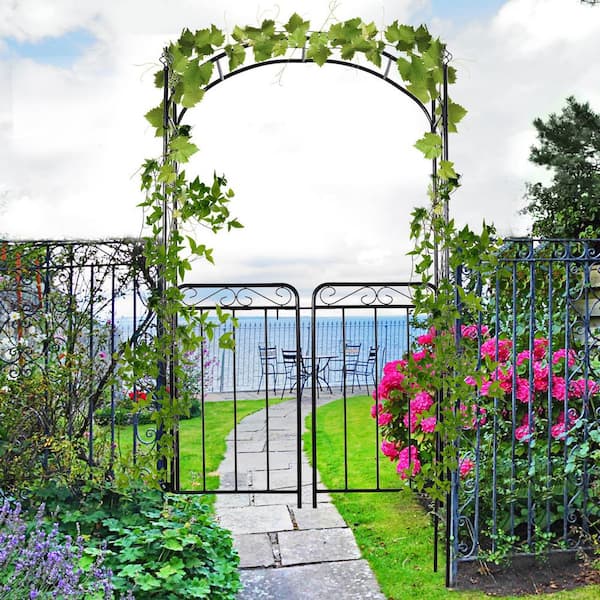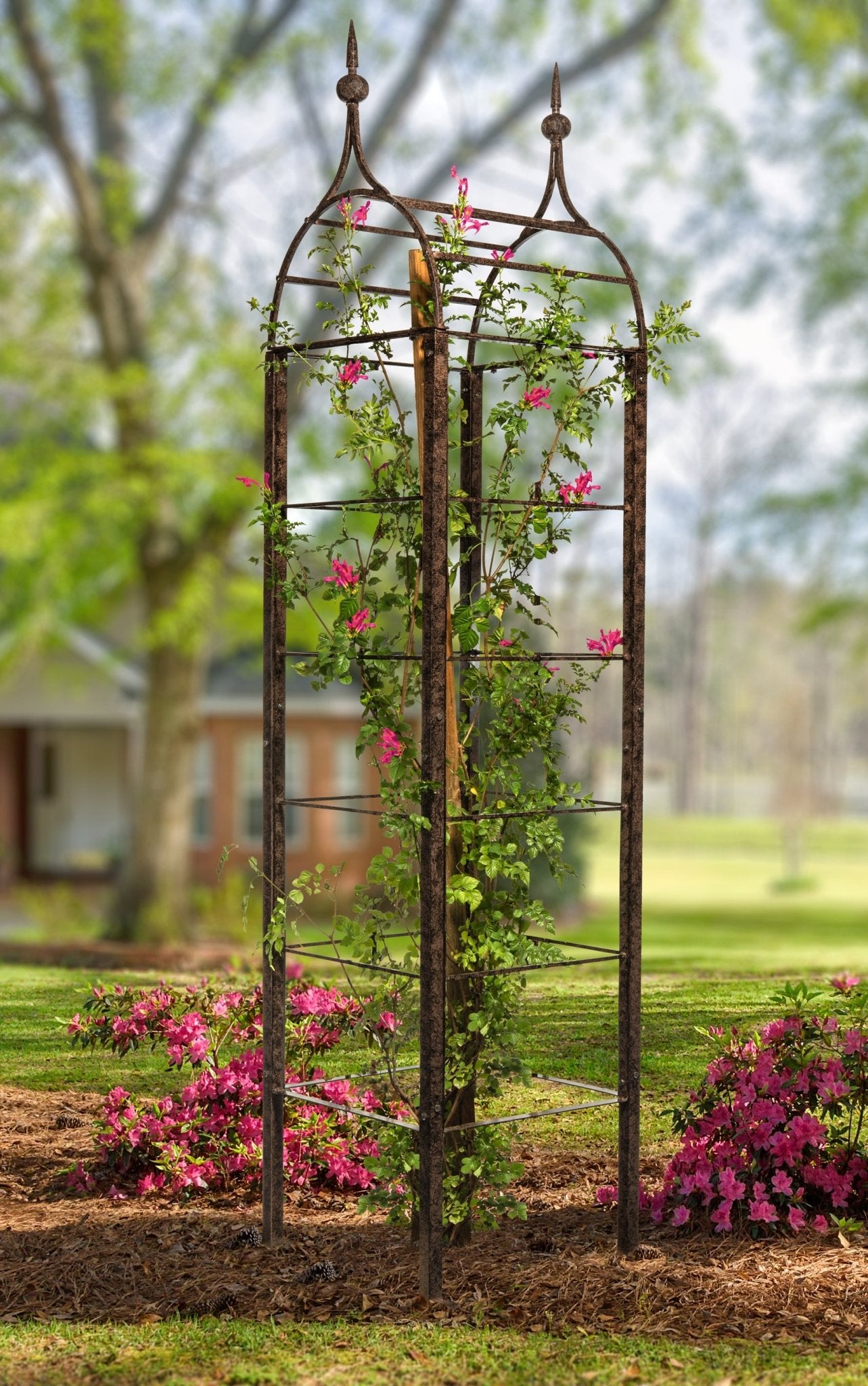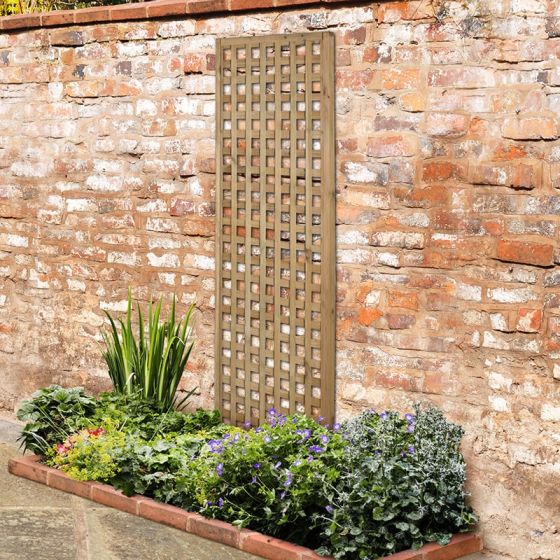What is a Decorative Garden Trellis?
A decorative garden trellis is an architectural feature used in gardens, often made of wood, metal, or vinyl, designed to support climbing plants. It adds vertical interest to your garden space, serving both practical and aesthetic purposes. Throughout my gardening journey, I’ve found that incorporating a trellis not only enhances the beauty of my garden but also helps manage plant growth efficiently.
Benefits of Using a Decorative Garden Trellis
1. Space Optimization
In smaller gardens, vertical gardening through trellises allows you to maximize space. By growing plants upwards, you free up valuable ground space for other plantings.
2. Enhanced Aesthetics
Trellises can act as stunning focal points. Whether adorned with flowering vines or left bare, they contribute to the garden’s visual appeal.
3. Plant Support
Climbing plants need support to thrive. A trellis provides the necessary structure for these plants to grow strong and healthy, preventing damage to weaker stems.
4. Privacy and Screening
Strategically placed trellises can create a sense of privacy in your yard. They can mask unsightly views or serve as a natural barrier between different areas of your garden.
Types of Decorative Garden Trellises
1. Traditional Wooden Trellis
Wooden trellises are classic choices that provide a rustic charm to the garden. Available in various designs, they can be stained or painted to match your garden decor.
2. Metal Trellis
Metal trellises, often made from wrought iron or aluminum, offer durability and modern elegance. They come in intricate designs and can withstand harsh weather conditions.
3. Vinyl Trellis
For a low-maintenance option, vinyl trellises are perfect. They’re lightweight, resistant to rot, and come in a variety of styles and colors.

4. Freestanding vs. Wall-Mounted Trellises
Freestanding trellises can be placed anywhere in the garden, while wall-mounted trellises are attached to fences or walls, saving floor space.
How to Choose the Right Decorative Garden Trellis
1. Consider Your Space
Evaluate the size of your garden and the specific areas where you want to install a trellis. Ensure you choose a size that complements your outdoor space without overwhelming it.

2. Select the Right Material
Think about the current style of your garden when choosing materials. Wood offers a traditional look, while metal can provide a contemporary feel.
3. Match the Design with Your Plants
Different climbing plants have varying requirements. Ensure the trellis design aligns with the growth patterns and needs of your selected plants.

Installation Guide for Decorative Garden Trellises
1. Tools You’ll Need
Before you start, gather the following tools: shovel, level, measuring tape, drill, and garden stakes. This will ensure a smooth installation process.
2. Site Preparation
Clear the area where you will install the trellis. Remove any debris or plants that may obstruct the installation.

3. Anchoring the Trellis
If you’re installing a freestanding trellis, make sure to anchor it securely to prevent it from toppling over. Using concrete or deep-set posts can enhance stability.
Maintaining Your Decorative Garden Trellis
1. Regular Cleaning
Keep your trellis looking its best by cleaning it regularly. Remove any debris, leaves, or dirt to enhance visibility.

2. Inspect for Damage
Check your trellis for signs of wear and tear, especially after severe weather. Promptly address any damage to prolong its lifespan.
3. Treating Wooden Trellises
If you choose a wooden trellis, consider applying sealant or stain every few years to protect it from moisture and pests.

Comparison Table: Trellis Materials
| Material | Durability | Maintenance | Aesthetics | Cost |
|---|---|---|---|---|
| Wood | Medium | Moderate | Classic/Rustic | $$ |
| Metal | High | Low | Modern/Elegant | $$$ |
| Vinyl | High | Very Low | Versatile/Colorful | $$ |
Pros and Cons of Decorative Garden Trellises
Pros
- Enhances garden aesthetics
- Provides plant support
- Helps in space optimization
- Can act as a privacy screen

Cons
- May require maintenance depending on the material
- Initial cost may be high for quality materials
- Can be overwhelming in very small spaces if not chosen wisely
Personal Experience: My Journey with Decorative Trellises
When I first started my garden, I didn’t realize the impact a decorative trellis could have on the space. I decided to install a wooden trellis alongside my patio, and I can honestly say it transformed the entire area. Not only did it provide structure for my climbing roses, but it also became a stunning focal point in the evenings when illuminated by soft garden lights.
The trellis quickly became a home for various pollinators, and the beautiful blooms added a touch of romance to my backyard. Over time, I experimented with different plants and even added a few trailing herbs that made both my garden and kitchen more aromatic and lively.
FAQs about Decorative Garden Trellises
1. Can I build my own decorative garden trellis?
Absolutely! Building your own trellis can be a rewarding DIY project. You can customize it to fit your garden’s style and size.
2. What plants are suitable for a trellis?
Many climbing plants are suitable for trellises, including clematis, morning glories, sweet peas, and climbing roses. Choose based on your climate and garden needs.
3. How do I train plants to grow on a trellis?
Training plants involves gently tying them to the trellis with soft ties or using clips to help them adhere as they grow. Be patient, as it may take some time for them to start climbing.
4. Is a trellis effective for vegetable gardens?
Yes! A trellis can be highly effective for growing vegetables like peas, cucumbers, and tomatoes, allowing for better air circulation and easier harvesting.